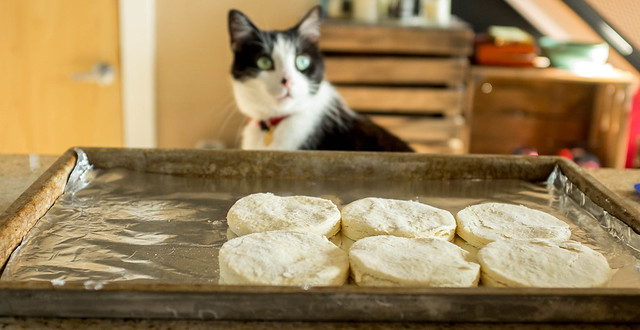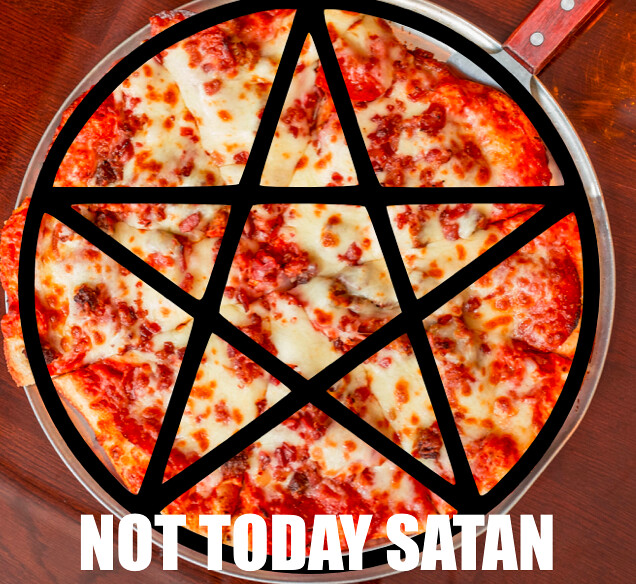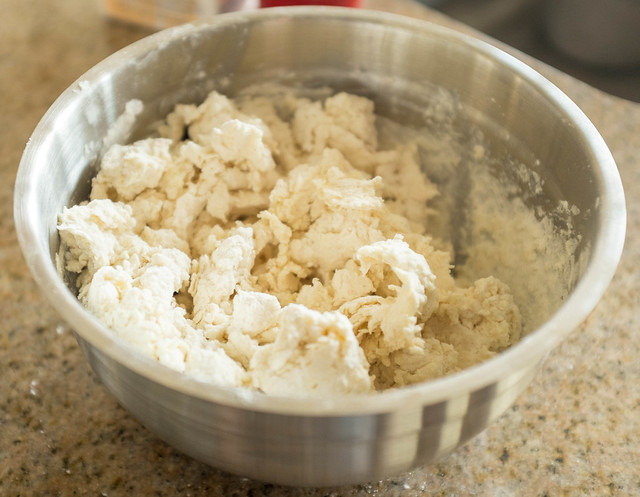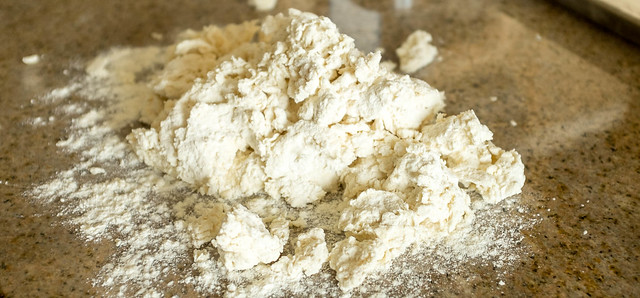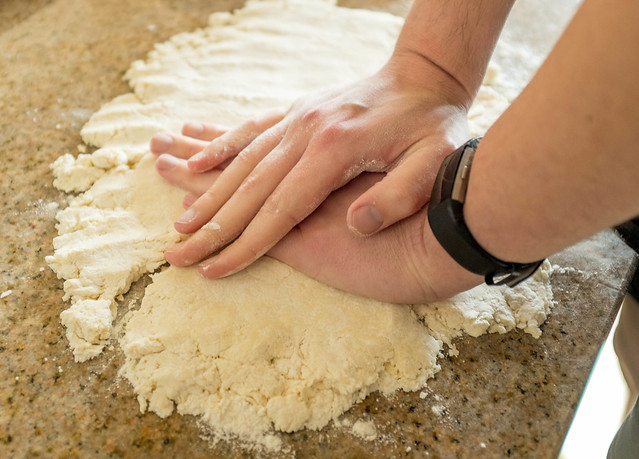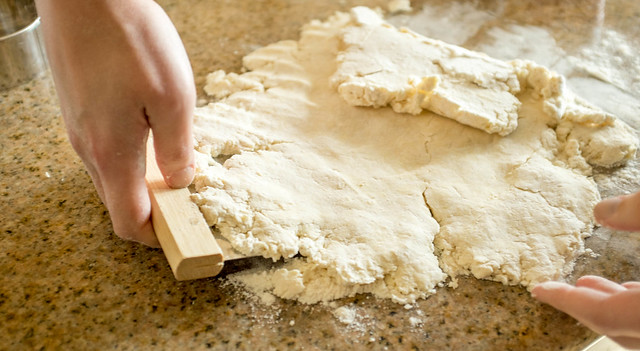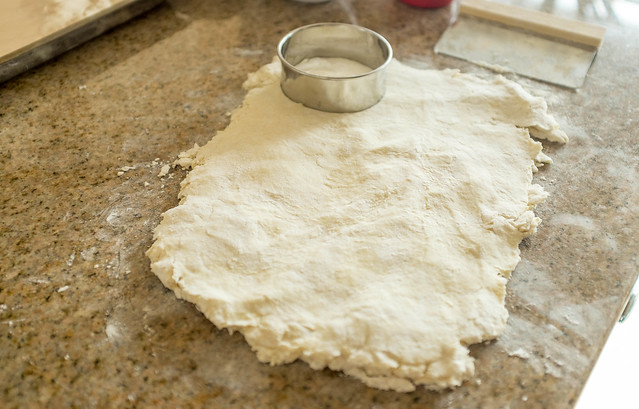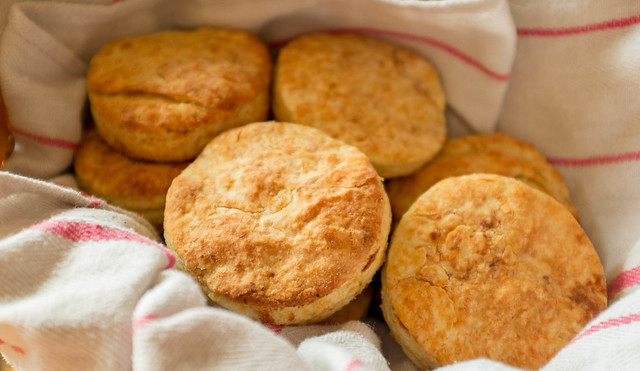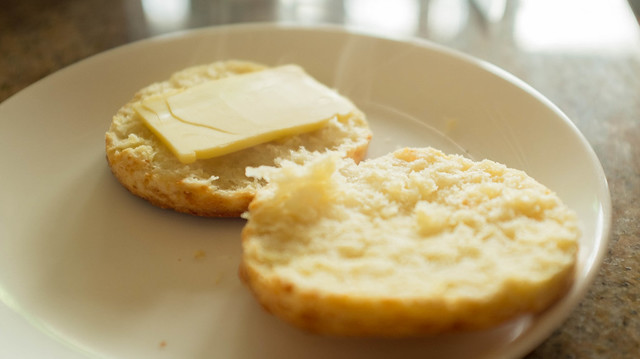It’s hard to believe it’s only been a few months since our world went upside down. There’s been a lot of progress and we are very grateful - the size of the response to David’s need for a kidney has been humbling and donors are now being tested. In the meantime, we’re trying to keep David’s blood work stable. It is easier said than done and relies heavily on a very special meal plan.
If his values get worse, we’re looking at dialysis or, you know... death. There are no ‘cheat days’ on this diet. Since we enjoy eating out and cooking lots of things, it has been very challenging.
What, you don't own a microgram scale too?
Fortunately, David already created a program that uses the USDA database to reference values on nutrients, so he’s been able to put items on ‘yes’ and ‘no’ lists. The ‘yes’ list is extremely short, for some good reasons. Kidneys filter out a lot of bad things that can build up in the body. David’s are barely operating, so that means he can't eat what his kidneys are not able to filter.
The first and biggest to watch is potassium. If potassium gets too high, the outcome is death with basically no symptoms beforehand. This has already sent us to the hospital once. Despite the interesting people watching at the U.C. ER on a weeknight, we are hoping to avoid more trips.
Second, phosphorus. Phosphorus and calcium have a working relationship. When phosphorus gets high, bones start to decalcify, also not a desirable outcome. Cheese is one of the highest sources of phosphorous, which makes pizza (one of David’s favorite foods) essentially the devil.
Third, sodium. Fluid retention is one of the biggest signs of dialysis need, and sodium excess contributes to it. To add insult to injury, sodium also elevates blood pressure, which hurts kidney function and David does not have any of that to spare.
Lastly, protein. Proteins metabolize into nitrogen based compounds, some of which are toxic if not filtered out by a working kidney.
Easy-peasy, right? Just don’t eat any meat or other high protein foods, avoid foods high in one or both of those two chemicals and banish the salt shaker.
If only. Potassium and phosphorus not only occur naturally in many “healthy foods” (greens, grains, fruits, nuts, beans) they also are used very heavily as synthetic preservatives or additives in the food industry. A real kick in the balls: they also are not required to be labeled on a product's nutritional information. Grocery shopping just got a lot more complicated, folks.
People love salt, and for good reason. Salt is tasty. But the amount of sodium David is allowed to have per day is extremely small, 1400 mg. That’s the equivalent of one bowl of broccoli cheddar soup from Panera. With no bread. For the whole day.
Even baking at home is particularly difficult, because so many recipes use baking powder, or as we have named it, “Death in a Can.” Industrial baking powder is primarily baking soda* with monocalcium phosphate, although some formulations contain potassium bitartrate. Do those ring any bells? It’s basically the worst things in powder form.
Despite all the barriers, David managed to create a biscuit recipe that won’t kill someone in stage 5 CKD and is enjoyable whether you are on a special diet or not. It’s hard to get around the sodium issue, since biscuits without salt are inedibly bland. But, a single biscuit can be worked into a sodium budget for the day if room is made for it. And the great part is that if you make them yourself, you can decide how much salt you’re comfortable adding.
Biscuit Recipe:
Makes 8 - 9 large biscuits
Makes 8 - 9 large biscuits
1 lb. (454 grams)
|
Cake flour**
|
1 slightly rounded tsp. (6 grams)
|
Baking soda*
|
1 level tsp. (4.5 grams)
|
Citric acid
|
1 level tsp. (4 grams)
|
Salt
|
1 pt. (454 grams)
|
Heavy cream
|
Optional: 2 Tbsp. (28 grams)
|
Butter for topping
|
* Always keep baking soda separate from baking powder in your mind. Baking powder is the bad stuff!
** Important: Do not use self-rising flour. It is premixed with salt and -- you guessed it -- baking powder!
Instructions:
Preheat oven to 500 F.
Whisk dry ingredients. Incorporate heavy cream by stirring briefly (less than 1 min), just until no dry flour remains. Dough will be loose clumps at this stage (below).
Turn out onto a dusted working surface, press out firmly to dough slab of 1-2" - 3/4" thickness. Fold over on itself a few times, forming a rough square shape, then press out again.
Cut into rounds, gently combining scraps to form remaining biscuits.
Place onto light colored baking sheet, brush tops with melted butter if
using, and bake in oven for 12 minutes.
You deserve rounds
Transfer to towel-lined basket, cover, and let rest for 5 minutes. Serve while still warm.
Estimated nutritional information:
Serving size: 1 large biscuit
Calories: 355
Protein: 5 g
Fat: 19 g
Carbohydrates: 41 g
Sodium: 375 mg
Potassium: 90 mg
Phosphorus: 74 mg


